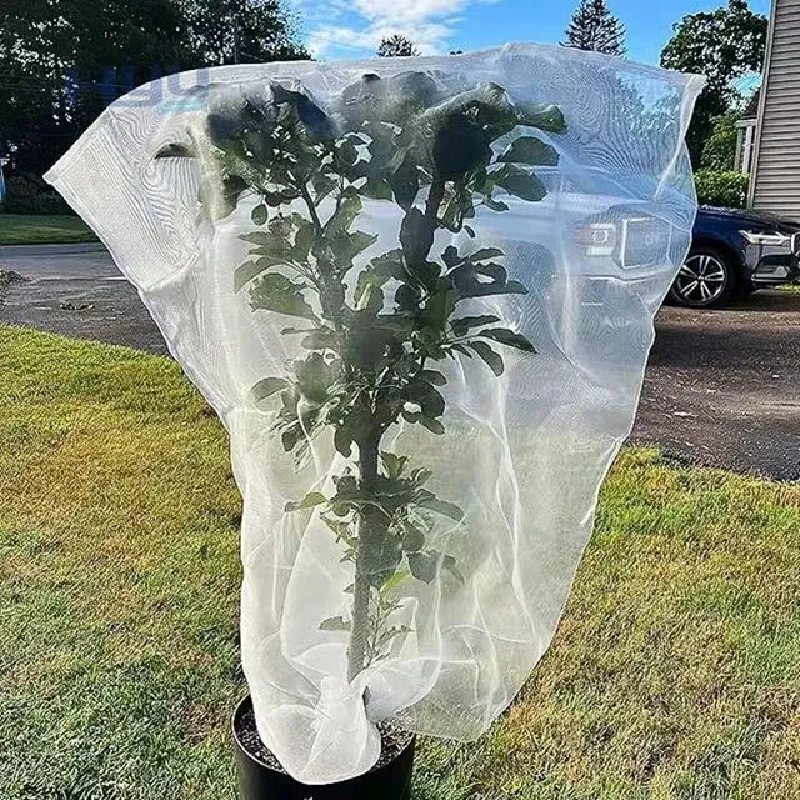-
 Afrikaans
Afrikaans -
 Albanian
Albanian -
 Amharic
Amharic -
 Arabic
Arabic -
 Armenian
Armenian -
 Azerbaijani
Azerbaijani -
 Basque
Basque -
 Belarusian
Belarusian -
 Bengali
Bengali -
 Bosnian
Bosnian -
 Bulgarian
Bulgarian -
 Catalan
Catalan -
 Cebuano
Cebuano -
 China
China -
 Corsican
Corsican -
 Croatian
Croatian -
 Czech
Czech -
 Danish
Danish -
 Dutch
Dutch -
 English
English -
 Esperanto
Esperanto -
 Estonian
Estonian -
 Finnish
Finnish -
 French
French -
 Frisian
Frisian -
 Galician
Galician -
 Georgian
Georgian -
 German
German -
 Greek
Greek -
 Gujarati
Gujarati -
 Haitian Creole
Haitian Creole -
 hausa
hausa -
 hawaiian
hawaiian -
 Hebrew
Hebrew -
 Hindi
Hindi -
 Miao
Miao -
 Hungarian
Hungarian -
 Icelandic
Icelandic -
 igbo
igbo -
 Indonesian
Indonesian -
 irish
irish -
 Italian
Italian -
 Japanese
Japanese -
 Javanese
Javanese -
 Kannada
Kannada -
 kazakh
kazakh -
 Khmer
Khmer -
 Rwandese
Rwandese -
 Korean
Korean -
 Kurdish
Kurdish -
 Kyrgyz
Kyrgyz -
 Lao
Lao -
 Latin
Latin -
 Latvian
Latvian -
 Lithuanian
Lithuanian -
 Luxembourgish
Luxembourgish -
 Macedonian
Macedonian -
 Malgashi
Malgashi -
 Malay
Malay -
 Malayalam
Malayalam -
 Maltese
Maltese -
 Maori
Maori -
 Marathi
Marathi -
 Mongolian
Mongolian -
 Myanmar
Myanmar -
 Nepali
Nepali -
 Norwegian
Norwegian -
 Norwegian
Norwegian -
 Occitan
Occitan -
 Pashto
Pashto -
 Persian
Persian -
 Polish
Polish -
 Portuguese
Portuguese -
 Punjabi
Punjabi -
 Romanian
Romanian -
 Russian
Russian -
 Samoan
Samoan -
 Scottish Gaelic
Scottish Gaelic -
 Serbian
Serbian -
 Sesotho
Sesotho -
 Shona
Shona -
 Sindhi
Sindhi -
 Sinhala
Sinhala -
 Slovak
Slovak -
 Slovenian
Slovenian -
 Somali
Somali -
 Spanish
Spanish -
 Sundanese
Sundanese -
 Swahili
Swahili -
 Swedish
Swedish -
 Tagalog
Tagalog -
 Tajik
Tajik -
 Tamil
Tamil -
 Tatar
Tatar -
 Telugu
Telugu -
 Thai
Thai -
 Turkish
Turkish -
 Turkmen
Turkmen -
 Ukrainian
Ukrainian -
 Urdu
Urdu -
 Uighur
Uighur -
 Uzbek
Uzbek -
 Vietnamese
Vietnamese -
 Welsh
Welsh -
 Bantu
Bantu -
 Yiddish
Yiddish -
 Yoruba
Yoruba -
 Zulu
Zulu
Effective Strategies for Safeguarding Plants from Hail Damage and Ensuring Their Survival
Protecting Plants from Hail Damage Effective Strategies and Solutions
Hailstorms can be a gardener's nightmare. Although they are often brief, the damage caused by these ice stones can be devastating to plants, particularly in agriculture and landscaping. Hail can pierce leaves, bruise fruits, and even destroy entire crops, leading to substantial financial losses for farmers and frustration for home gardeners. As such, implementing effective hail protection strategies is crucial for safeguarding plants from this unpredictable weather phenomenon.
One of the most effective methods to protect plants from hail is the use of physical barriers. These barriers can range from simple cloth covers to more sophisticated structures like greenhouses or hail netting. Lightweight fabric, such as row covers, can be draped over plants during hail storms. This method allows for air circulation while shielding the plants from falling ice. Alternatively, hail nets are specifically designed to absorb the impact of hailstones, reducing the likelihood of damage. These nets can be suspended above crops, providing a protective canopy that disperses the force of the hail.
Protecting Plants from Hail Damage Effective Strategies and Solutions
For more permanent solutions, consider landscaping with a variety of trees or shrubs that can serve as natural barriers against hail. Planting these around fields or gardens can help to break the force of the hail, potentially reducing the damage to crops or ornamental plants. This method not only serves as a practical protection strategy but also contributes to biodiversity and improves the overall aesthetics of the landscape.
plant hail protection

Chemical solutions can also play a role in minimizing hail damage. Some farmers are exploring the use of anti-desiccant sprays on plants. While these sprays do not prevent hail from hitting plants, they can help reduce moisture loss and damage to the plant tissues by creating a protective film. This can be especially useful after storms, allowing plants to recover more quickly.
Education and preparedness are also key components in hail protection strategies. Keeping an eye on weather forecasts and being aware of local hail occurrences can enable gardeners and farmers to take timely action. This may involve setting up protective structures before a storm or gathering materials quickly to cover vulnerable plants.
In addition, investing in insurance can provide financial protection against hail damage. Various agricultural insurance policies are available that specifically cover hail and other weather-related damages to crops. While this doesn’t prevent damage, it can alleviate the economic burden that results from such losses and provide security for farmers and gardeners alike.
In conclusion, protecting plants from hail damage involves a combination of physical barriers, strategic landscaping, chemical treatments, vigilance, and financial preparedness. By investing time and resources into these protective measures, gardeners and farmers can significantly mitigate the risks associated with hailstorms, ensuring their plants remain healthy and thriving despite the challenges posed by nature. Embracing a proactive approach will not only enhance plant resilience but also promote a sustainable and flourishing environment.
-
Shipping Plastic Bags for Every NeedNewsJul.24,2025
-
Safety Netting: Your Shield in ConstructionNewsJul.24,2025
-
Plastic Mesh Netting for Everyday UseNewsJul.24,2025
-
Nylon Netting for Every UseNewsJul.24,2025
-
Mesh Breeder Box for Fish TanksNewsJul.24,2025
-
Expanded Steel Mesh Offers Durable VersatilityNewsJul.24,2025











